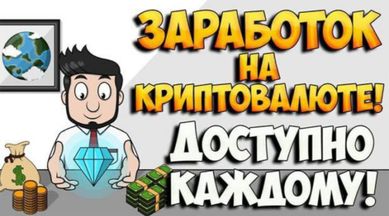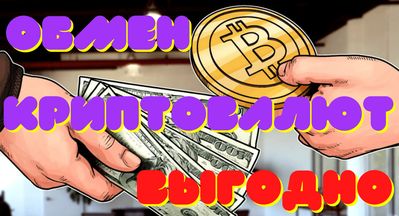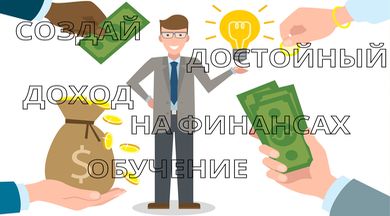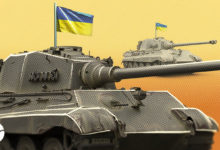Doodles: Going Mainstream With Web3 IP

The NFT boom of yesteryear caused an explosion of intellectual property creation, with the most resilient products enduring despite the market’s volatility. One of the most successful examples is Doodles, a project that began as a 10,000 profile picture collection of vibrant cartoon portraits.
The Web3 company is now looking at moving beyond the market hype of the past, shifting its focus to building its intellectual property, or IP, outward and connecting the tightly-knit NFT community to the mainstream.
CEO at Doodles and former president of Billboard, Julian Holguin spoke to Blockworks about what the company is building on the Empire podcast.
When the project began, Holguin says, it stood out because of the new strategies it implemented, like gating Discord channels for token holders and structuring itself as a DAO — relatively novel concepts at the time. “The Doodle Bank was established and anybody that owned a Doodle got a chance to actually vote on how the funds and the bank were used.”
It was at an in-person Doodles event at the South by Southwest conference in 2022 that Holguin says people “got it.”
“That was really the big moment for Doodles where people were like, ‘OK, I really get it now. I truly understand where this brand can go.’”
“It was the Doodles world brought to life,” he says.
A new mindset
It was around that time that the shift to focusing on building a broader business started, Holguin says.
When Pharrell Williams joined the Doodles team as chief brand officer and board member, Holguin was assured they were serious about entering the mainstream: “All right. Doodles is here to play.”
“The founders believed that NFT technology and the blockchain can usher in a whole new mindset around IP.”
Holguin suggests that the dynamic and timeless art, created by artist Burnt Toast aka Scott Martin, is “the thing that might be the tip of the spear” in delivering the new approach.
“To build any IP house,” Holguin says, “you need a hit first.”
Doodles is our Toy Story
Holguin compares the Doodles IP to famed computer animation studio Pixar. “The company was founded on the principle of creating technology that would ultimately change formats for the consumer.”
“They were developing computer animated filmmaking technology for years before Toy Story came out” but the technology was brought to the world, Holguin explains, “through characters that people love.”
“The tech made Toy Story possible, but Toy Story made the adoption of the tech possible, and that, I think, is the closest parallel to what we’re building right now.”
“Doodles is going to be our Toy Story.”
Partnering up
Holguin looks toward the possibility of building partnerships that “might need help coming into Web3.”
“It’s a very complicated place and some of the biggest brands in the world have failed pretty terribly,” he says.
While Doodles can act as a Web3 consultant for business partners, Holguin says, “our IP can be developed through the things that they know how to do well” — a symbiotic relationship.
Holguin refers to the recent acquisition of “world class creative studio” Golden Wolf as part of their mainstream expansion strategy. “We believe that we have all the pieces in place,” he says, “to continue to execute on our vision and really level that up.”
The goal is to reach new audiences with products “outside the NFT ecosystem that the NFTs will actually be connected to.”
The Doodles community can connect by creating lore that “ties back to product experiences,” Holguin says. “That’s such an incredible opportunity that has never existed before. You can test story and IP in completely new ways through NFTs.”
“We want the product and the lore to be intrinsically connected, and we want the community to be intrinsically connected to the lore.”
“What we’re trying to build is a world class IP house,” Holguin says, “that is made possible through the implementation of blockchain community and NFT technology.”
Connecting identity to digital assets
“People already care about digital goods and that trend is only progressing,” he explains. “You talk to any 13 year old or a parent of an eight year old and their kids are buying as much as they can on Roblox.”
“They want the new skins in Fortnite — digital goods are a thing. And that trend is only increasing.”
The problem, Holguin explains, is that these digital goods exist within closed environments. “You buy all this Roblox stuff, it only exists there.”
“The blockchain gives you an opportunity to seamlessly bring experiences from place to place to place and potentially connect into your everyday life.”
This innovation fosters a whole new concept, he says, connecting the real world and identity with digital assets, “because you can use them in many places, being built alongside a fictional world of characters that you love, IP that you love, and stories that you love.”
“That hasn’t really existed before.”
“It’s mindset-shifting technology,” Holguin explains, “because if I can take an NFT that I own, I can use that as a character in a gaming environment. I can use that to go into a cafe and get a secret menu. I can use that to get access to a VIP area of a music tour. I can use that to get VIP treatment at Doodles events.”
Holguin lists more possibilities such as merchandising, apparel and licensing character traits to a brand to use in music, videos or movies. “The blockchain is the most efficient thing to connect every single touchpoint of a brand’s ecosystem.”
“Not only are you providing value back to your community, but you’re also extending the reach of your brand,” he says.
“How do we partner with global brands, create really cool things with them, and then give our community access that the general public does not have? That’s kind of what we’re doing.”







 Bitcoin
Bitcoin  Ethereum
Ethereum  Tether
Tether  Dogecoin
Dogecoin  USDC
USDC  Cardano
Cardano  TRON
TRON  Chainlink
Chainlink  Stellar
Stellar  Hedera
Hedera  Bitcoin Cash
Bitcoin Cash  LEO Token
LEO Token  Litecoin
Litecoin  Cronos
Cronos  Ethereum Classic
Ethereum Classic  Monero
Monero  Dai
Dai  Algorand
Algorand  OKB
OKB  Cosmos Hub
Cosmos Hub  Stacks
Stacks  Gate
Gate  Theta Network
Theta Network  Maker
Maker  Tezos
Tezos  KuCoin
KuCoin  IOTA
IOTA  NEO
NEO  Polygon
Polygon  Zcash
Zcash  Tether Gold
Tether Gold  Synthetix Network
Synthetix Network  TrueUSD
TrueUSD  Dash
Dash  0x Protocol
0x Protocol  Zilliqa
Zilliqa  Holo
Holo  Basic Attention
Basic Attention  Enjin Coin
Enjin Coin  Siacoin
Siacoin  Qtum
Qtum  Ravencoin
Ravencoin  NEM
NEM  Decred
Decred  Ontology
Ontology  Hive
Hive  DigiByte
DigiByte  Bitcoin Gold
Bitcoin Gold  Huobi
Huobi  Waves
Waves  Nano
Nano  Lisk
Lisk  Status
Status  Steem
Steem  Numeraire
Numeraire  Pax Dollar
Pax Dollar  BUSD
BUSD  OMG Network
OMG Network  Bitcoin Diamond
Bitcoin Diamond